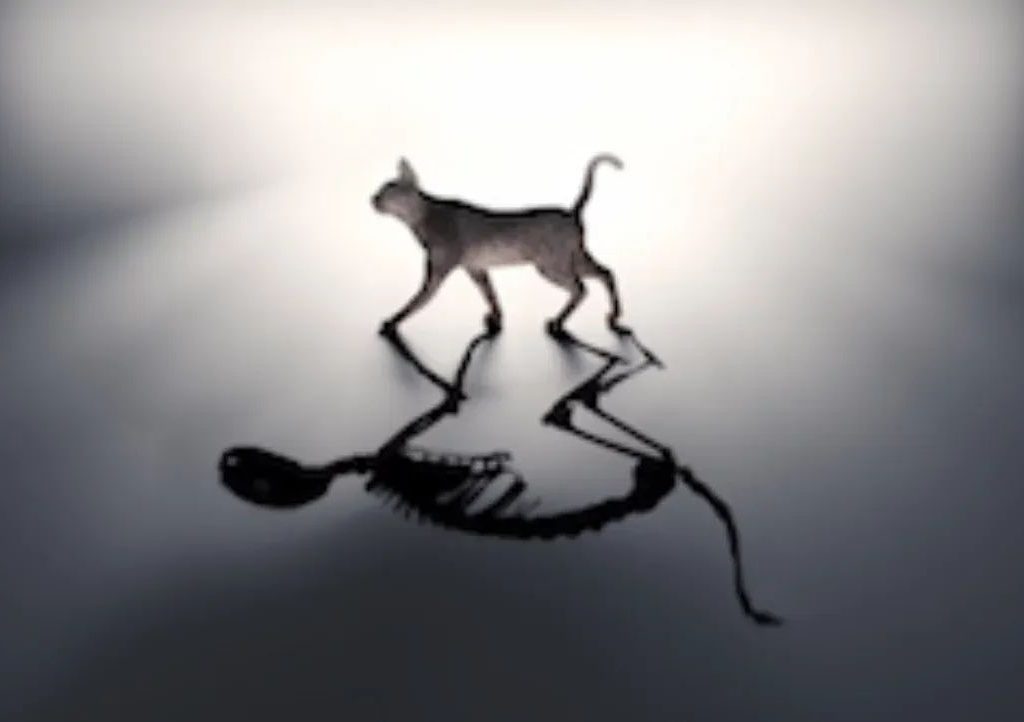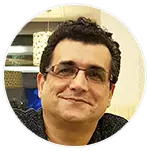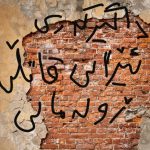کوردی- ئینگلیزی
پرسی نەتەوەیی کورد و پشیلەی شرۆدینگەر
تێڕوانینێکی ڕەخنەگرانە بۆ شەقامی پێشمەرگە لە پاریس
لە تاقیکردنەوەی فیکری “پشیلەی شرۆدینگەر” لە فیزیکی کوانتەمدا، پشیلە لە ڕوانگەی چاودێرێکی دەرەکییەوە لە دۆخێکی “هەڵواسراوی نێوان ژیان و مردندایە”. نە زیندووە و نە مردووە، یان بە واتایەکی تر هەم زیندووە و هەم مردووە.
پرسی کورد لە نەزمی وێستفالیایی تا ئێستاشدا، نموونەی پشیلەی شرۆدینگەرە.
کورد نەتەوەیە یان نا، هێشتا جێگای مشتومڕە؛ کورد نەتەوەیەکی خاوەن زمان و مێژوو و کولتوور و خاک و شوناسی بەکۆمەڵە، بەڵام لە ئاڵۆزییەکانی یاسا و پەیوەندییە نێودەوڵەتییەکان ون بووە و لە جوگرافیاکەیدا دەوڵەتێکی سەربەخۆی نییە و سیستەمی نێونەتەوەییش خۆی لێناکات بە خاوەن.
سەربەخۆیی کورد و خواستەکەی مافێکە، مافێکی ڕەوایە و دەکرێ بەدواداچوونی بۆ بکرێت و پێویستە ڕێزی لێبگیرێت، بەڵام سنووردارکردن و بەرژەوەندی و پەیوەندی و هەڕەشە هەیە؛ ڕەنگە بۆ کاتێکی نادیاری تر.
ئەوان نەتەوەن، بەڵام لەبەر ئەوەی دەوڵەت- نەتەوە نین، لە نەزمی فەرمی جیهانیدا بە شێوەیەکی بەرفراوان دانپێدانانیان بۆ نییە. به ڵام له ئاستی کۆمەڵایەتی و فەڕهەنگی و سیاسیدا بوون و ناسنامەکەیان چالاکن و کاریگەرن و خۆڕاگرن و بناغەی شارستانی بوونه و هاوکاری مرۆڤایەتی بوون و باشترین جەنگاوەرانن و میواندۆستن، چاکن، دیموکراتن، دڵسۆزن، بە ئەمەگن، لەجیاتی دونیا شەڕی تاریکی دەکەن، شەقامی پێشمەڕگەیان بە ناو دەکەن ، خۆشیان دەوێن، سەرزەمینیان جوانه و بەهەشتی ڕۆژهەڵاتی ناوەڕاستن و بە کورتی لە هەموو شتێکدا باشترینن و تەواون.
بەڵام کاتێک باس لە دەوڵەت بوون و سەربەخۆیی دەکرێت، لە حاڵەتی هەڵپەساردنی پێکهاتەییدایە؛ کوردستان و کورد، هەم ئامادەیە و هەم نییە، نە هەیە و نە نییە، هەم دیارە و هەم ون و نەبینراوە، هەم واقیعە و هەم لە ڕەتکردنەوە و ئیمتناعدایە.
و هەر لەم خاڵە ڕاگرتنەدا و هەڵپەساردووییە و هەڵواسراوەییەدایە کە کورد بەردەوام تێچوەکەی دەدات و دەبێتە قوربانی و بەخوێن و لە خوێندا خۆی دووبارە دەکاتەوە….
The Kurdish Question and Schrödinger’s Cat
A Critical Look at Peshmerga Street in Paris
In the thought experiment of “Schrödinger’s Cat” in quantum physics, the cat, from the perspective of the external observer, is placed in a state of “suspension between life and death.” It is neither alive nor dead—or in other words, both alive and dead at the same time.
The question of the Kurds within the current Westphalian order resembles Schrödinger’s cat.
Whether the Kurds are a nation or not is still a matter of dispute; the Kurds, with their language, history, culture, territory, and collective identity, are indeed a nation. Yet, within the complexities of international law and relations, they become obscured, and within their own geography, they lack an independent state.
The independence of the Kurds and their demands is a right—legitimate, pursuable, and worthy of respect. Yet limitations exist, interests are at stake, relations and threats persist; perhaps another time.
They are a nation, but since they are not a state-nation, they are not formally recognized in the global order to any significant extent. Nevertheless, at the social, cultural, and political levels, their presence and identity are active, influential, resilient. They have been among the foundations of civilization, they have aided humanity, they are among the best warriors, they are hospitable, they are good, they are democratic, loyal, they fight darkness on behalf of the world, streets are named after their Peshmerga, they are beloved, their land is beautiful—the paradise of the Middle East—and in short, they are the best in all things.
Yet when it comes to becoming a state and achieving independence, they fall into a structural suspension: they both exist and do not exist; they neither exist nor do not exist; they are both visible and invisible, both reality and impossibility.
And it is within this suspension that the Kurds continue to pay the price, continue to be sacrificed, and continue to be repeated in blood…




